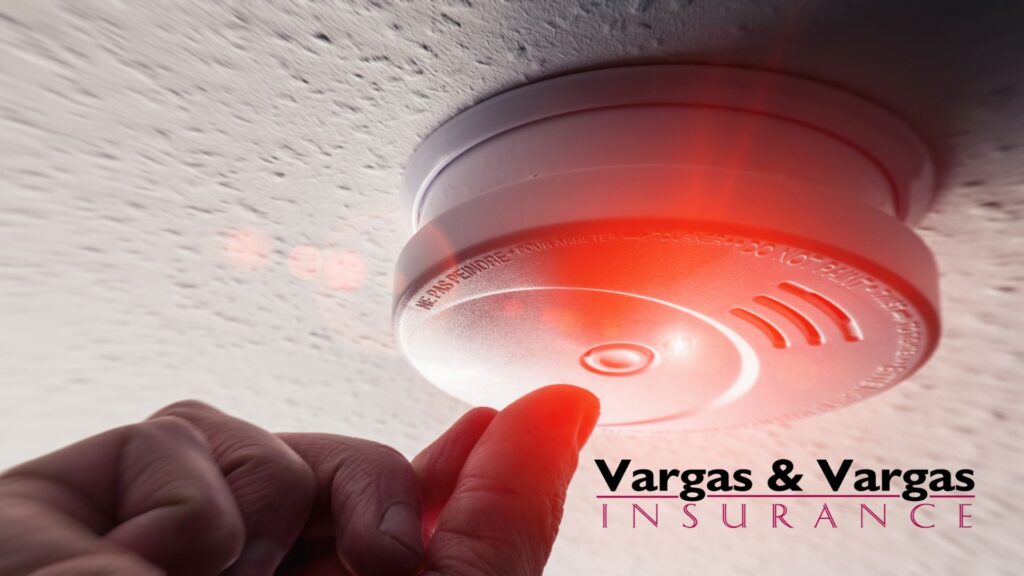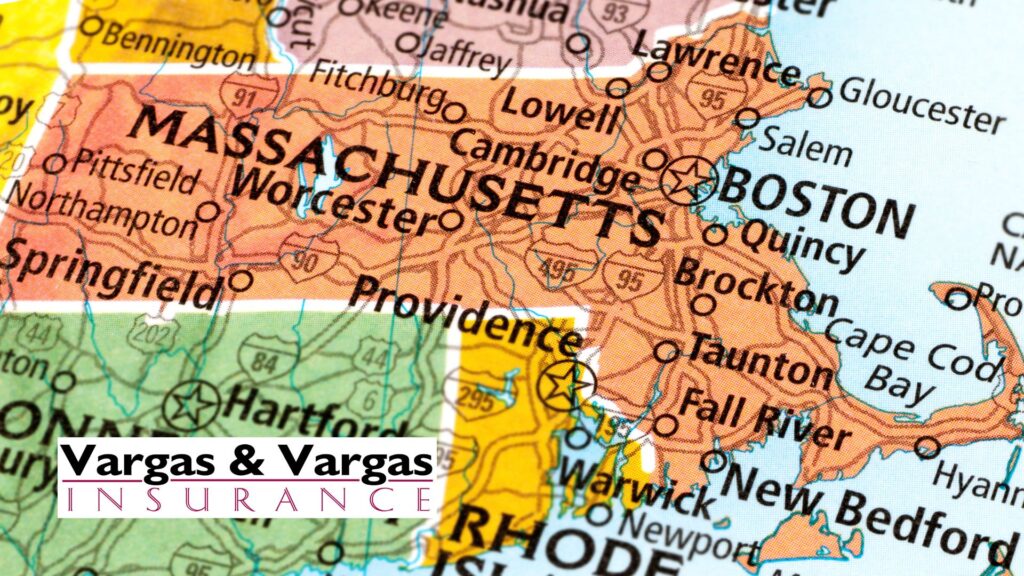Getting your Dorchester area home ready for winter with the right insurance
Vargas & Vargas Insurance is here for the residents of Boston, MA, and the surrounding area. If you are considering a new home purchase or want to make sure that you have the right insurance in place before winter arrives, give our office a call.
Get your home ready for winter with the right insurance
Winters can be disruptive in our area, and it only makes sense to carry the correct type of insurance at the correct policy levels. If it’s been a while since you have reviewed your policy, now is a great time to do so. Home insurance needs can change over time, so it is advisable to review your policy regularly.
In the lead-up to winter, be sure to have your home ready for the weather. Make sure your home policy contains all the coverage you need. Roofs, windows, and outbuildings are often frequent targets of loss and damage. Be sure that your policy covers such items and at the correct amount.
Liability coverage is another part of your policy that is important to review. If someone were to slip and fall on ice located on your property, you could be held financially responsible for any injuries that they sustain. Ensure that your liability is at the correct level and provides the protection you need.
Now is the perfect time to get your home ready for winter!
Give us a call today!
Boston, MA, area residents can turn to the Vargas & Vargas Insurance team for all their insurance needs. We handle all types of insurance, including homeowners. Let us help you ensure that you have the proper protection. Call or stop by today!





















